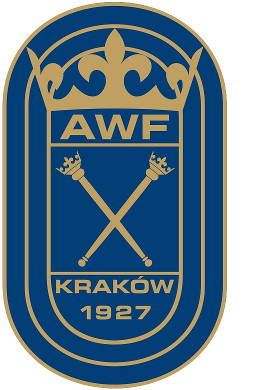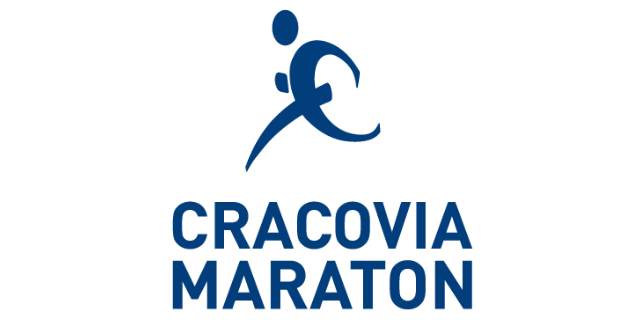Ultrasound diagnostics
Musculoskeletal ultrasound is a non-invasive and dynamic diagnostic method used in the field of orthopedics and traumatology. It can complement other diagnostic tests and, in some cases, is the diagnostic method of choice. Ultrasound guidance allows the surgeon to precisely carry out minor procedures such as hematoma drainage, joint aspiration or application of local anesthesia.
Modern ultrasound machines allow precise imaging of soft tissues and bone surfaces of the musculoskeletal system. In some cases, a well performed ultrasound examination provides as much diagnostic power as magnetic resonance imaging.
Precision diagnostics using ultrasound
Modern ultrasound machines currently available allow for accurate examination of soft tissues and bony surfaces of the musculoskeletal system. In some cases, ultrasound offers more diagnostic value than that of magnetic resonsance imaging. This is ideally demonstrated in situations where it is necessary to obtain dynamic imaging – for example, during movement of a specific part of the body. Ultrasound is currently used not only in diagnostics, but also in the treatment of damaged tissues.
Use of ultrasound in injections
Some diseases require extremely precise administration of a drug exactly in the place of the damaged tissues. There is a high risk of damaging surrounding vascular structures and the medication itself may not function correctly if not properly administered. In such cases ultrasound is used, which allows imaging of soft tissues in a non-invasive manner which is safe for the patient. Ultrasound is widely used all over the world in diagnostics and minimally invasive procedures. Ultrasound support allows the physician to make a precise injection and to administer a drug to the affected area. Ultrasound is used to continuously monitor a precise puncture(e.g. bursa, synovium, joint or cyst); to precisely administer a drug (e.g. into a damaged muscle, ligament or tendon, or into the hip joint or subacromial bursa); and is also used in treatments using platelet-rich plasma with PRP growth factors.
Sonosurgery
This term refers to minimally invasive endoscopic procedures performed under continuous ultrasound guidance. This form of therapy has been developed based on access techniques used in ultrasound. Currently it is used in surgery and requires the mastery of endoscopic techniques as well as knowledge of imaging diagnostics. The greatest advantage of sonosurgery is undoubtedly its accuracy, as well as its safety profile and non-invasive nature. Treatments with constant ultrasound control include but are not limited to: a needling technique, (e.g. of the knee joint, to relieve congestion and swelling); puncture of a ganglion with the administration of a drug, puncture and rinsing of calcifications in the shoulder, injection at the injury site (muscle, tendons, ligaments) with the administration of platelet-rich plasma with growth factors, or joint aspiration.
Shoulder sonosurgery is helpful in treating damage to the shoulder joint. This method allows the surgeon to perform a precise removal of calcifications under constant ultrasound control. This method is used in injections of drugs into the subacromial bursa, intraarticular injections, incisions of the tendons of the rotator cuff with the possibility of removal of calcifications, as well as for injecting damaged tissues with platelet-rich plasma containing growth factors, which significantly accelerates their healing.
Most frequently performed ultrasound tests
Ultrasound of the knee joint
Cartilage, lateral and medial meniscus, anterior and posterior cruciate ligaments, medial and lateral collateral ligaments, and popliteal fossa.
Ultrasound of the shoulder joint
Rotator cuff, bursa, tendon of the long head of biceps brachii, coracoclavicular and coracoacromial ligaments, muscles of the shoulder joint.
Ultrasound of the ankle joint
Anterior and posterior talofibular ligaments, calcaneofibular ligament, deltoid ligament, tendons and tendon sheaths, assessment of joint fluid.
Achilles tendon
Tendon structure, tendon sheath, bursa, assessment of structural integrity.
Ultrasound of the elbow joint
Joint space, common extensor and flexor tendons, annular ligament, ulnar and radial collateral ligaments, triceps tendon, ulnar nerve groove.
Muscles
Tendons with attachments, muscle body, fascia, bursae, tendon sheaths.










